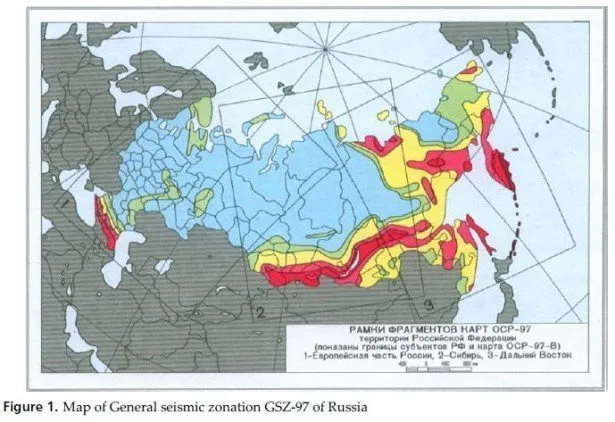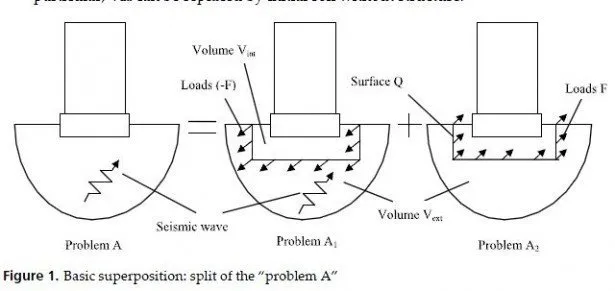For the purpose of the seismic evaluation of the bridge, dynamic analyses were conducted on the bridge model to determine the responses due to seismic actions represented by the uniform hazard spectrum and the selected sets of records. Elastic material properties of the model were assumed in the analyses. The dynamic analyses included both responsespectrum analyses and time-history analyses.
Response-spectrum analyses
Response-spectrum analyses were performed for seismic actions represented by the uniform hazard spectrum. Separate response-spectrum analyses were carried out for the following two cases of seismic actions: (i) seismic actions in the longitudinal and vertical directions of the model; and (ii) seismic actions in the transverse and vertical directions. These two cases were considered appropriate since the longitudinal and the transverse modes are well separated, and the vertical modes are combined mainly with the longitudinal modes. The horizontal and the vertical actions were applied simultaneously at the bases of the piers. The horizontal seismic actions were represented by the horizontal uniform hazard spectrum (UHS) (Fig. 3), and the vertical actions were represented by a spectrum obtained by multiplying the horizontal UHS by 2/3. The factor of 2/3 is commonly used for defining vertical design spectra relative to horizontal spectra [9].
The analyses included the first 100 modes, which covered all natural periods above 0.02 s. A modal damping of 5% was used for all the modes. The response maxima at each joint of the models were computed by combining the modal responses using the complete quadratic combination (CQC) rule.
As required by the Canadian Highway Bridge Design Codes [24], the mass participation of the modes considered in the analysis is larger than 90% in each of the three principal directions of the model. Namely, the amounts of the mass participation of the longitudinal, transverse and vertical modes used in the analysis are 95.3%, 95.5% and 93.6% respectively.
Time-history analyses
Time-history analyses were conducted to determine the responses of the model subjected to the records of the selected sets. As in the response-spectrum analysis, simultaneous seismic excitations in the longitudinal and vertical directions, and in the transverse and vertical directions of the model were used in the time-history analysis. In each analysis, the seismic excitations consisted of a pair of scaled horizontal and vertical acceleration time histories applied at the bases of the piers.
The mode-superposition method was used in the time-history analysis. As in the responsespectrum analysis, the first 100 modes and modal damping of 5% for all the modes were considered in the time-history analysis. The response time histories were obtained at equal time interval of 0.005 s.



